MELVILLE, NY, August 1, 2023 – Canon U.S.A., Inc., a leader in digital imaging solutions, announced today that the company is launching the Canon MS-500, an ultra-high-sensitivity interchangeable-lens camera (ILC). The MS-500 is not only the world’s first1 ultra-high-sensitivity camera equipped with a SPAD sensor but also features the world’s highest pixel count2 on its 1” Single Photon Avalanche Diode (SPAD) sensor of 3.2 megapixels. The company announced the development of the camera in April 2023, and visitors to the Canon booth at NAB 2023 saw a working sample of the camera in action firsthand.
In areas with extremely high-security levels, such as seaports, public infrastructure facilities, and national borders, high-precision monitoring systems are required to surveil targets both day and night accurately. The new MS-500 camera is the world’s first ultra-high-sensitivity camera equipped with a SPAD sensor, achieving a minimum subject illumination of 0.001 lux3. When combined with ultra-telephoto broadcast lenses, it may be possible to capture clear color videos of subjects at a distance of several miles, even at night. The new MS-500 helps to strengthen Canon’s ultra-high-sensitivity camera lineup, which also includes the ME20, and ML Series4, allowing the company to meet a variety of customer needs in the advanced surveillance market.
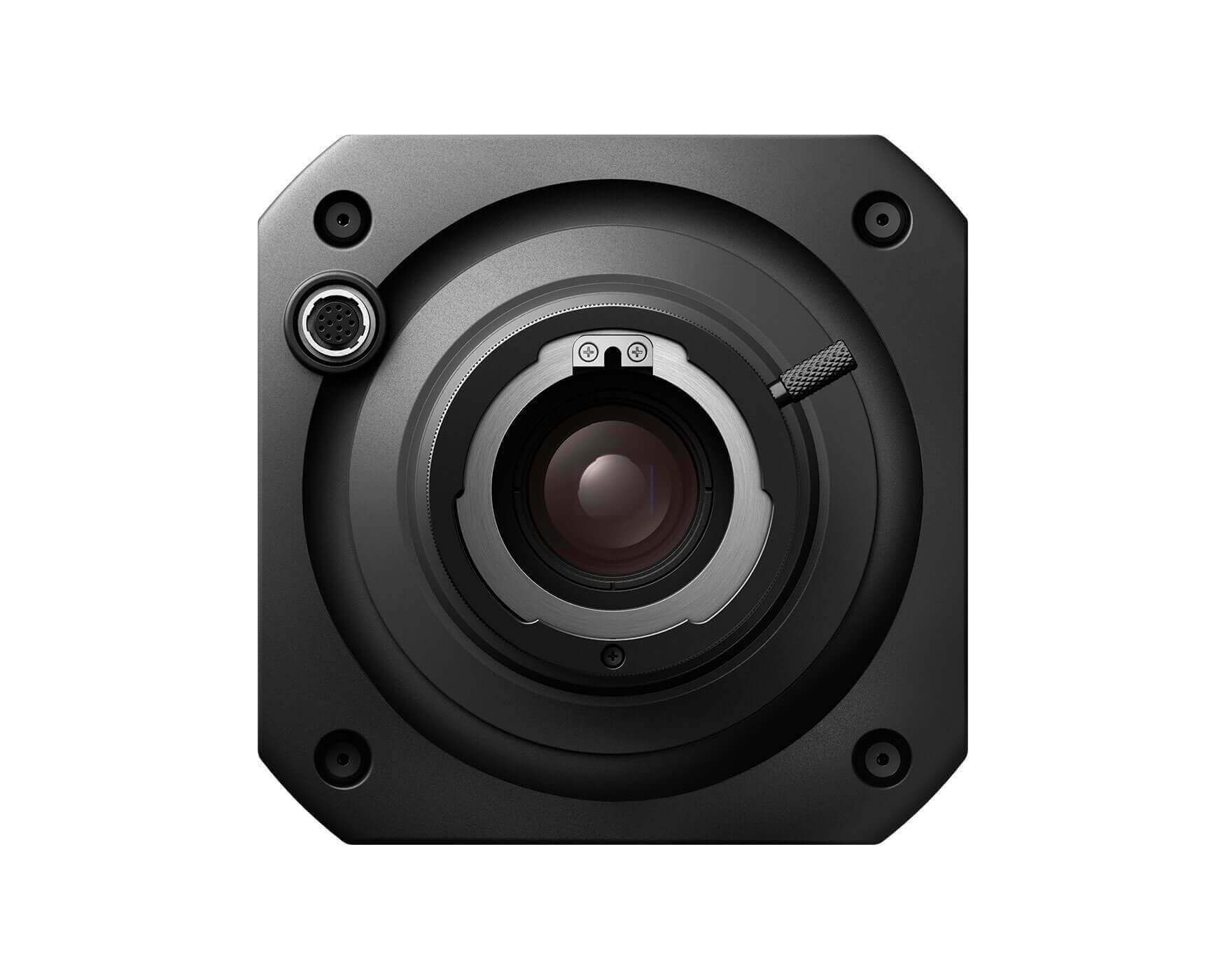
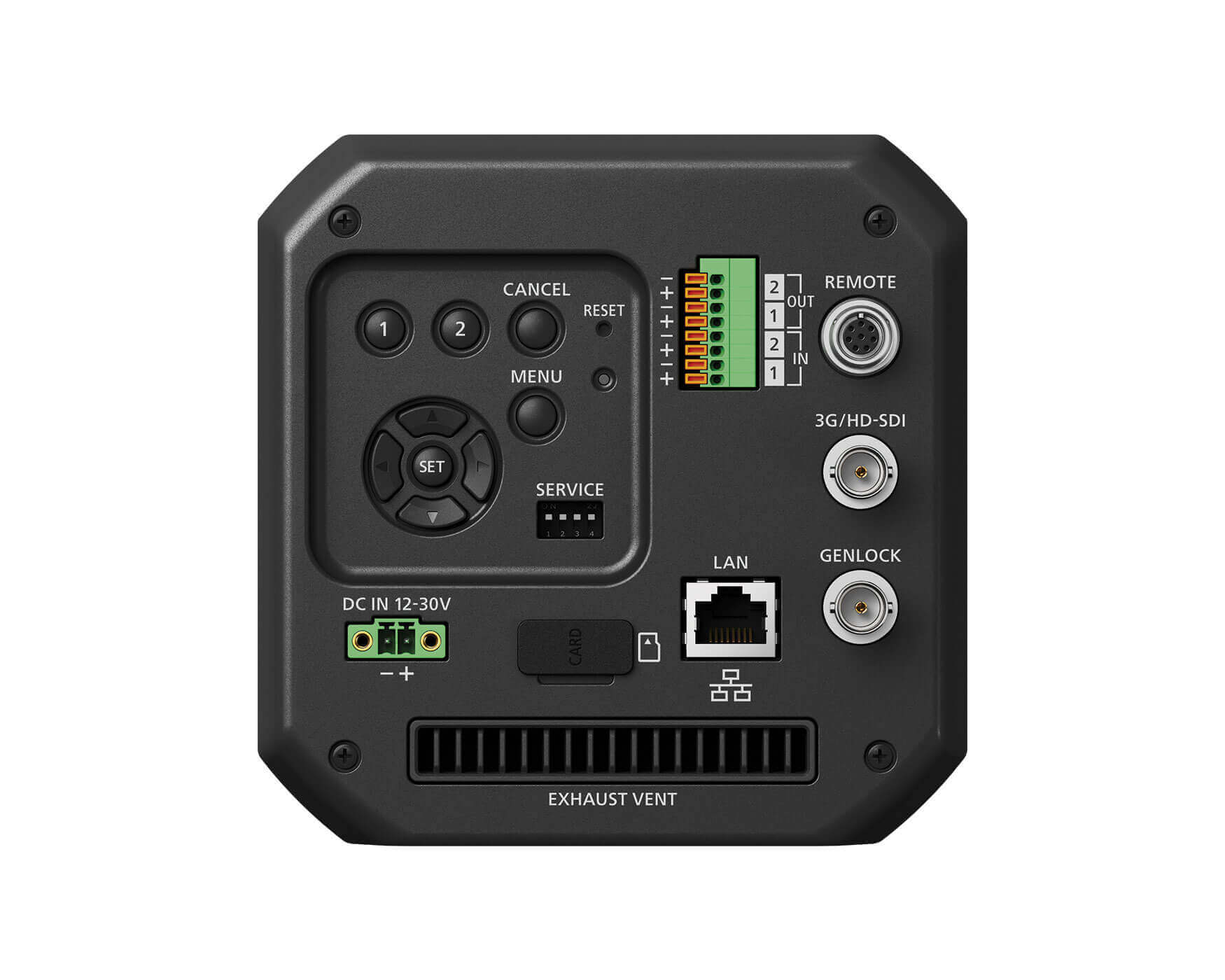
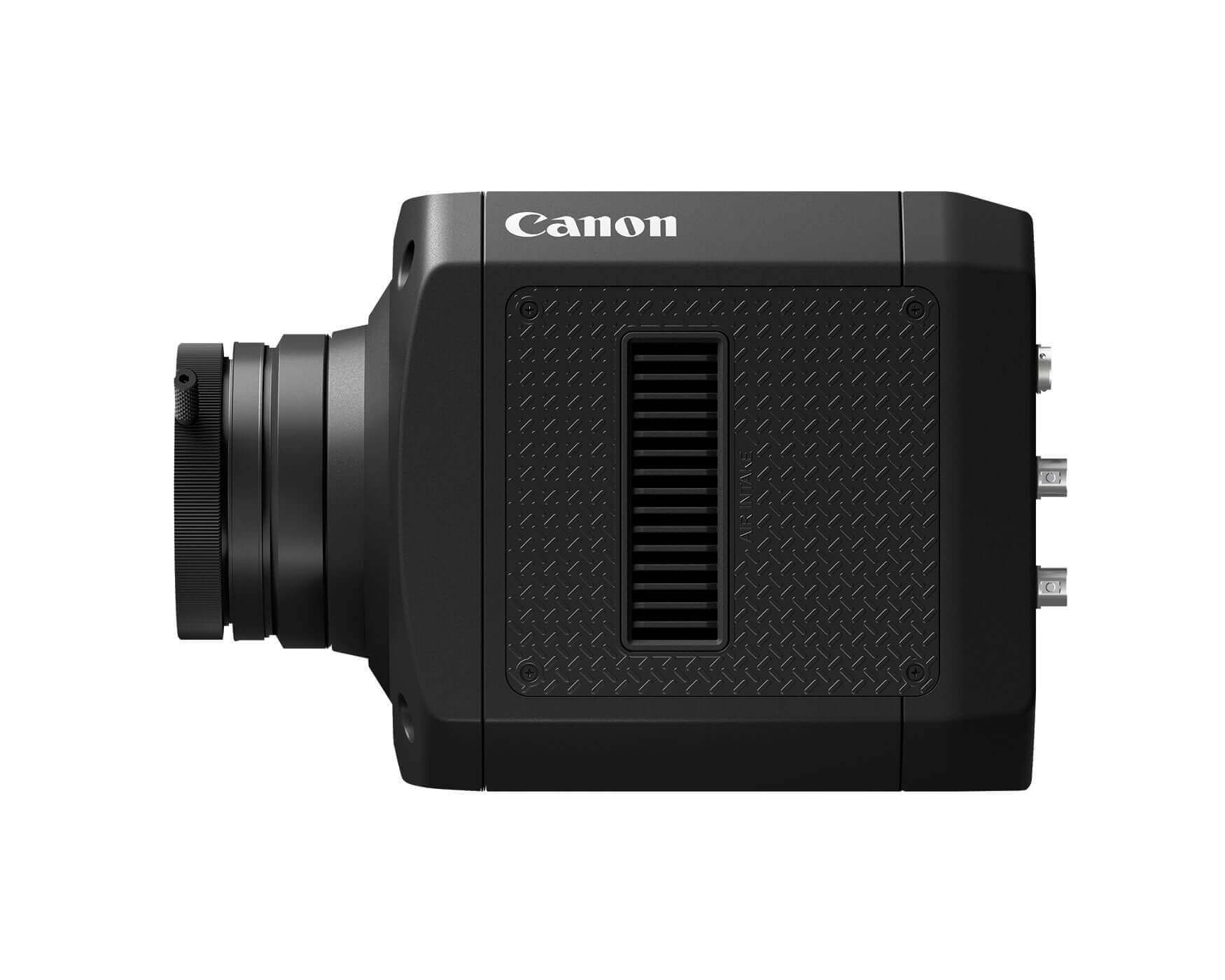
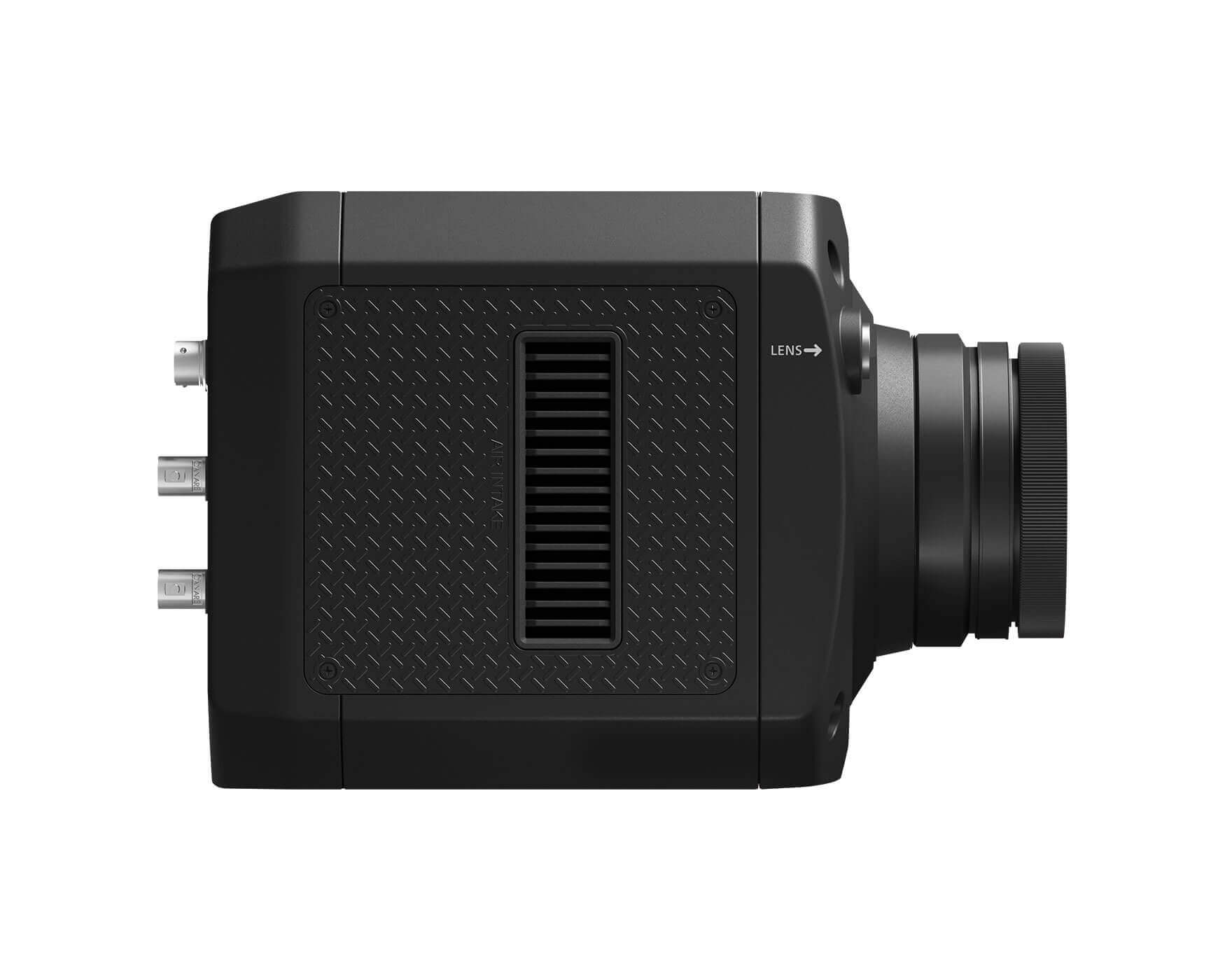
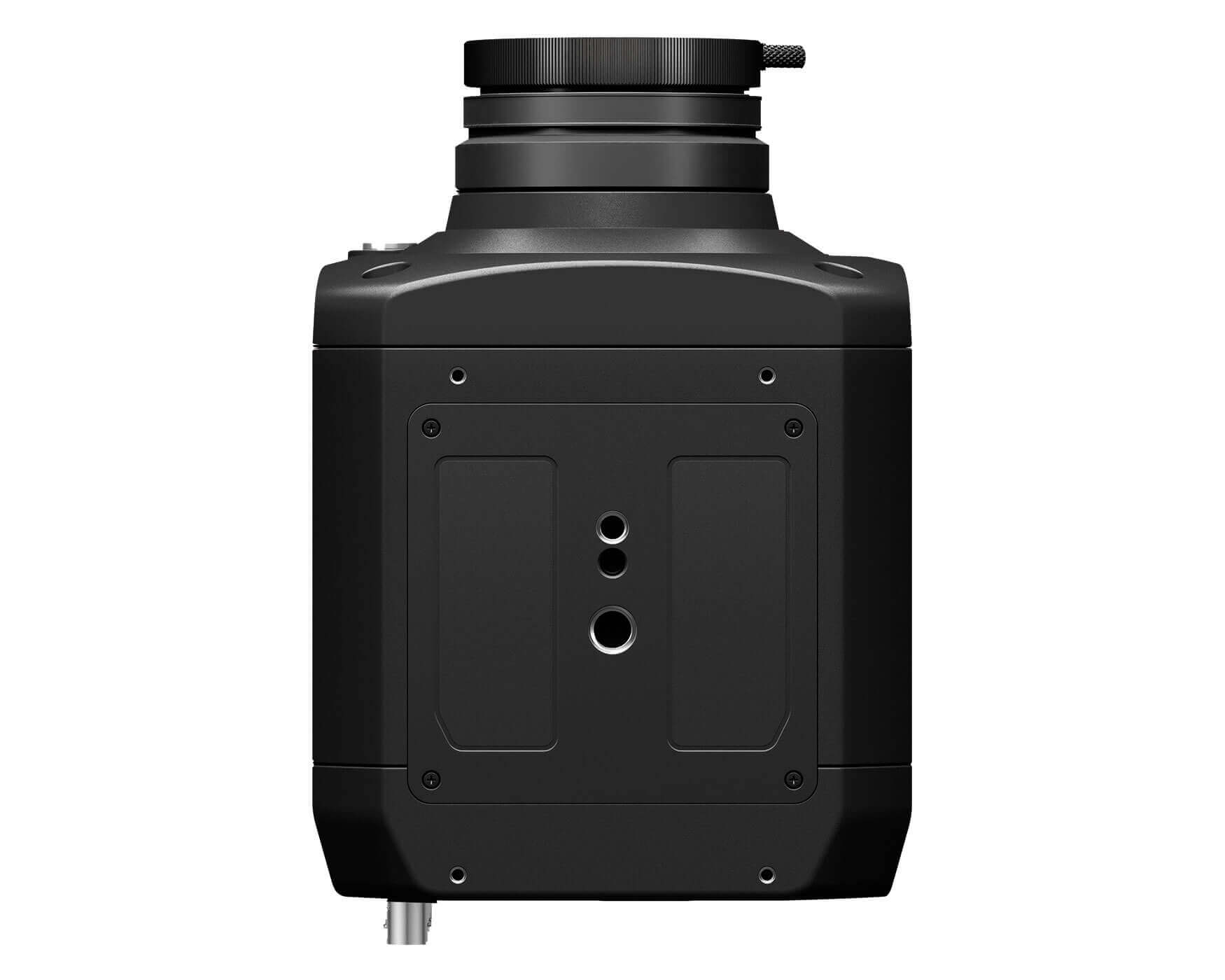
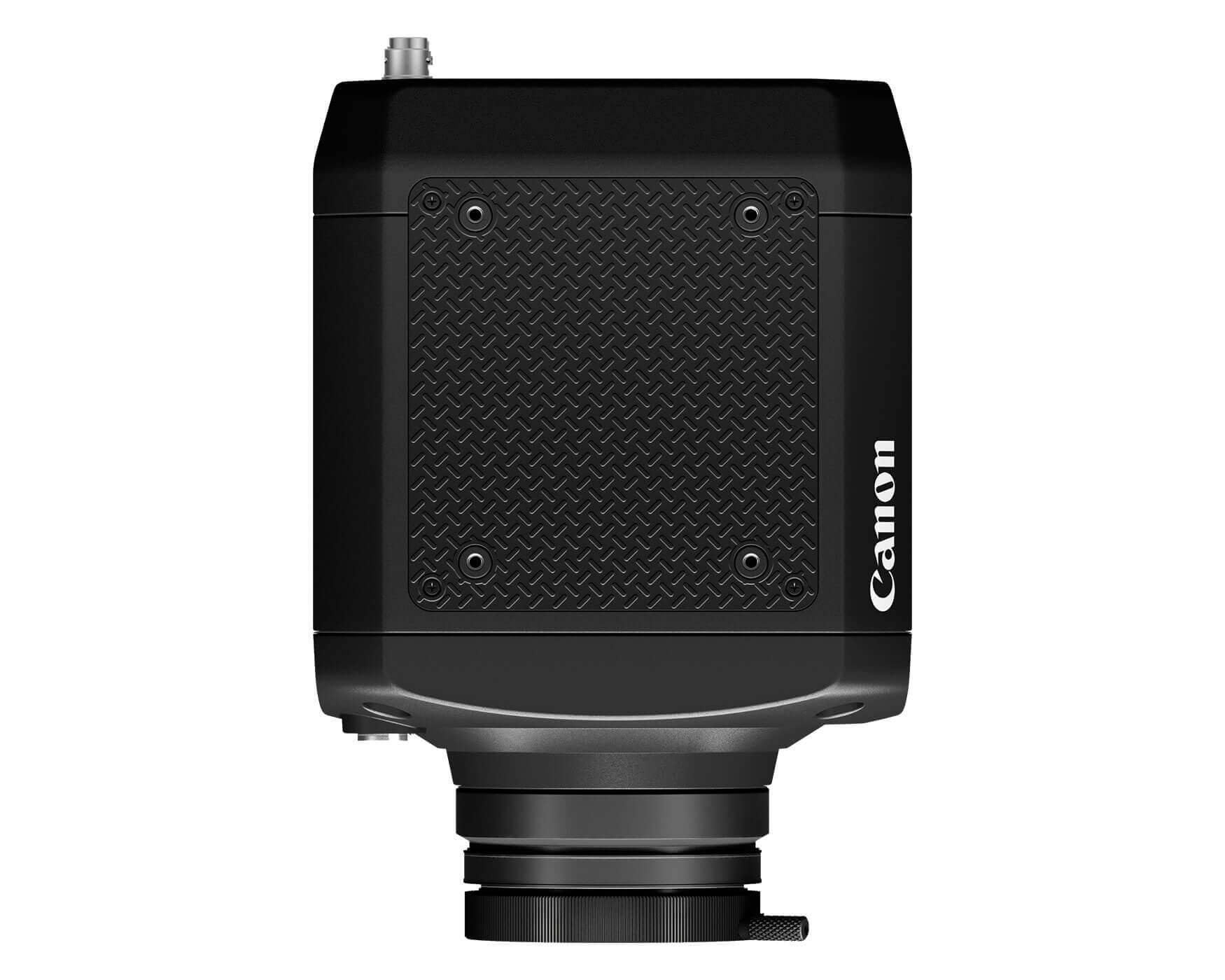
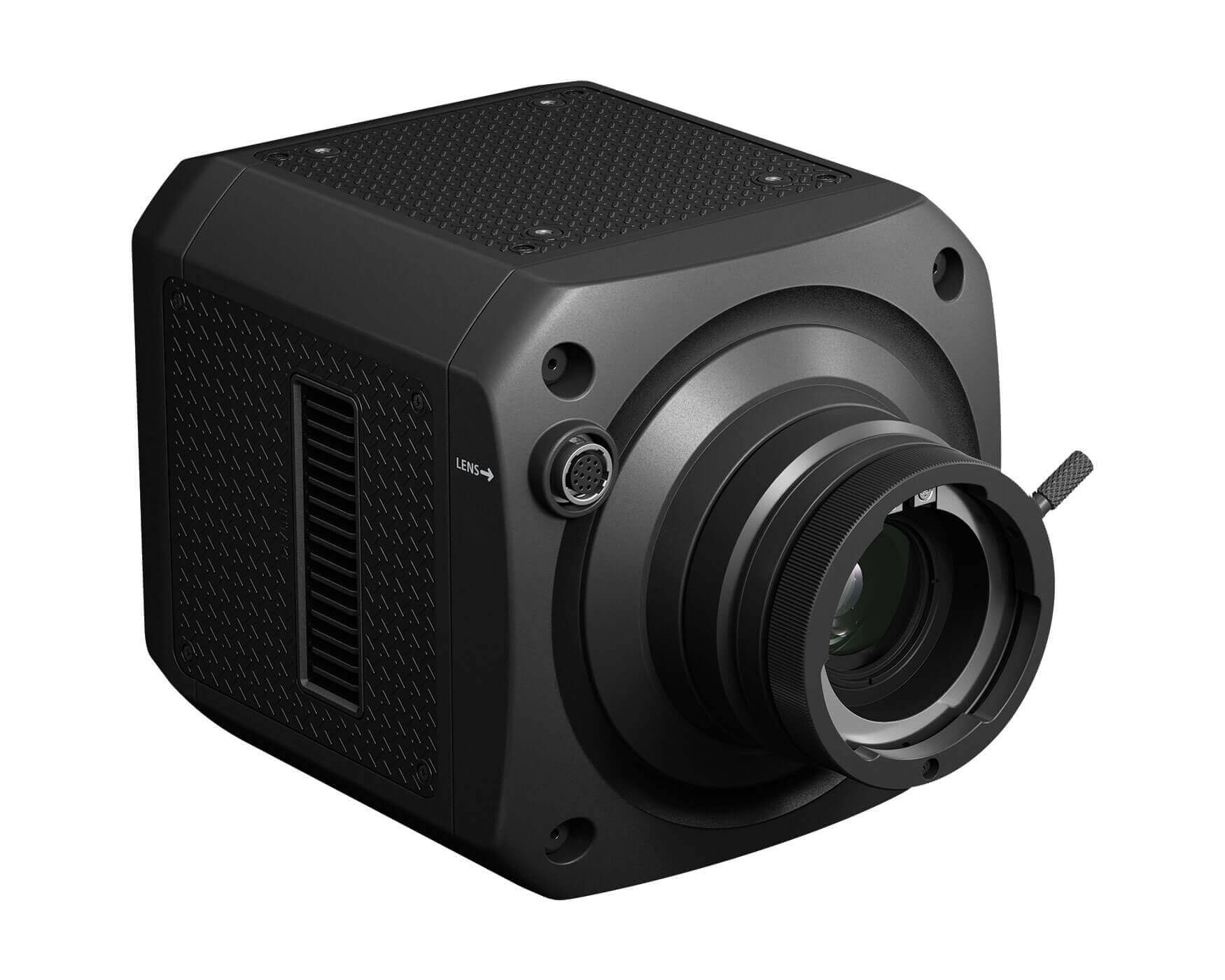
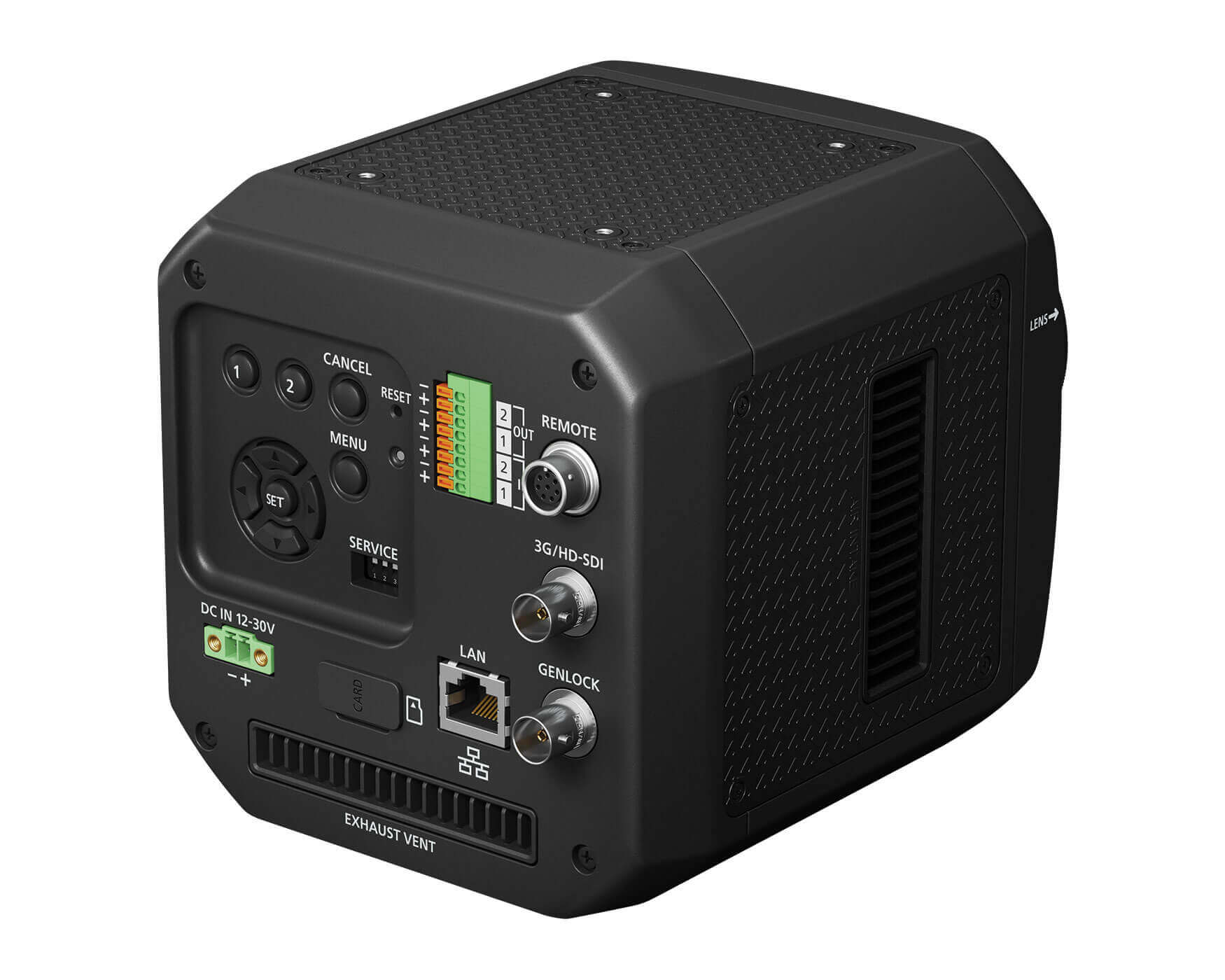
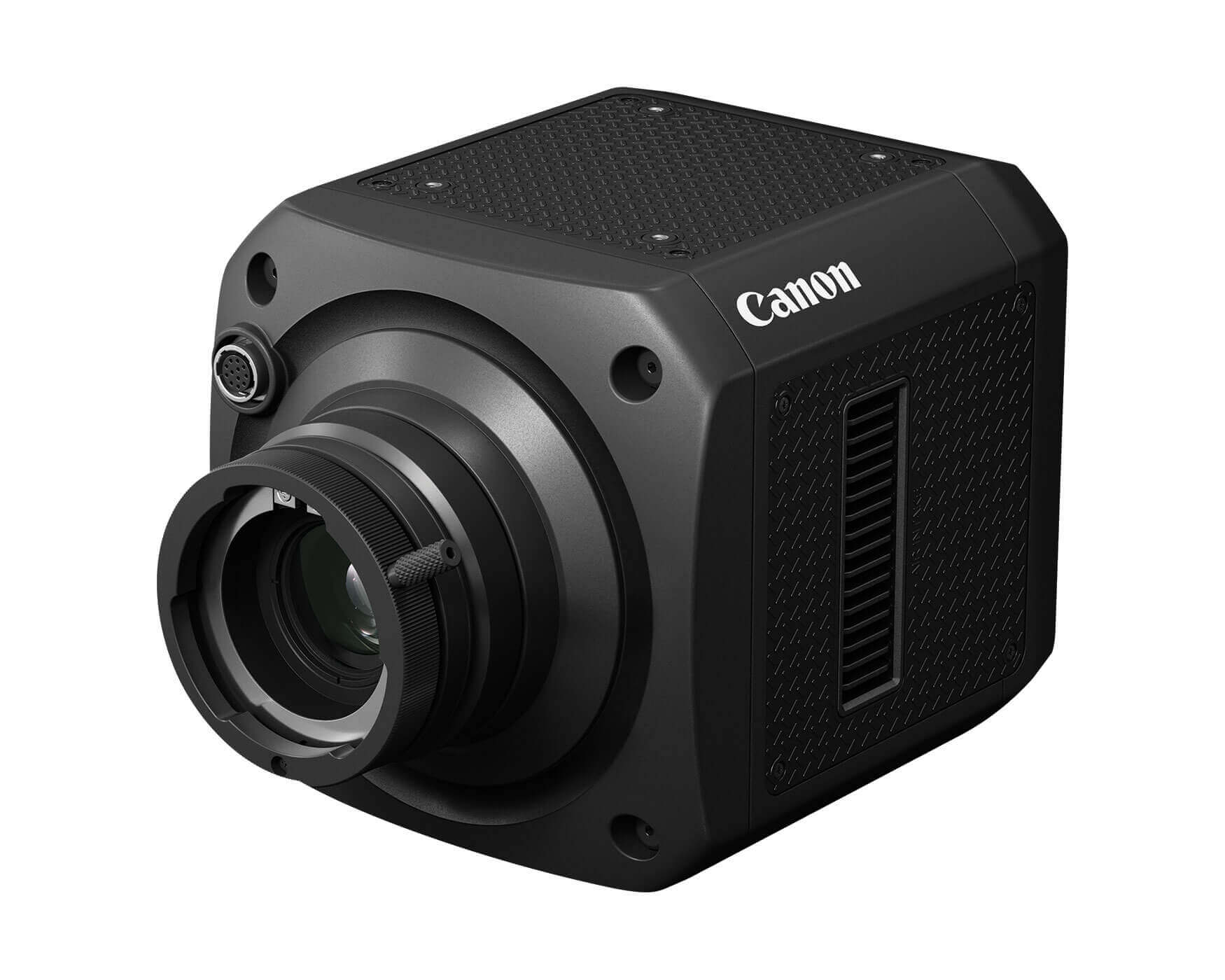
Combination of SPAD Sensor and Broadcast Lenses Enable Long Range Surveillance at Night
The SPAD sensor uses a technology known as “photon counting,” which counts light particles (photons) that enter a pixel. When incoming photons are converted to an electric charge, they are amplified approximately one million times and extracted as digital signals, making detecting even small amounts of light possible. In addition, every single one of these photons is digitally counted, prohibiting the introduction of additional noise during signal readout—a key advantage of SPAD sensors. This enables clear color video shooting even under a 0.001 lux low-light environment.
The MS-500 camera has a built-in, industry-standard B4 bayonet lens mount (based on BTA S-1005B standards), a widely used mount for 2/3-inch broadcast lenses. The lens mount allows operators to utilize Canon’s extensive lineup of broadcast lenses.
Custom Picture Functions Help Improve Visibility, Including Noise and Haze Reduction
The effect of noise and atmospheric turbulence, particularly in dark environments, may cause issues with video resolution, especially in long-range surveillance applications. To help mitigate this occurrence, CrispImg2, a Custom Picture preset mode that optimizes resolution and contrast while suppressing image noise, is a standard setting in the custom picture menu. Users can also create their own custom picture profiles to adjust and save image quality settings according to various shooting environments. This feature enables users to shoot high-visibility videos at virtually any time of day or night. The MS-500 camera also includes Haze Compensation, and Smart Shade Control features that help reduce the effects of haze and mist while automatically adjusting contrast and image brightness.
Pricing and Availability
The Canon MS-500 SPAD Sensor Camera is scheduled to be available in September 2023 for an estimated retail price of $25,200.00*. For more information, please visit usa.canon.com.

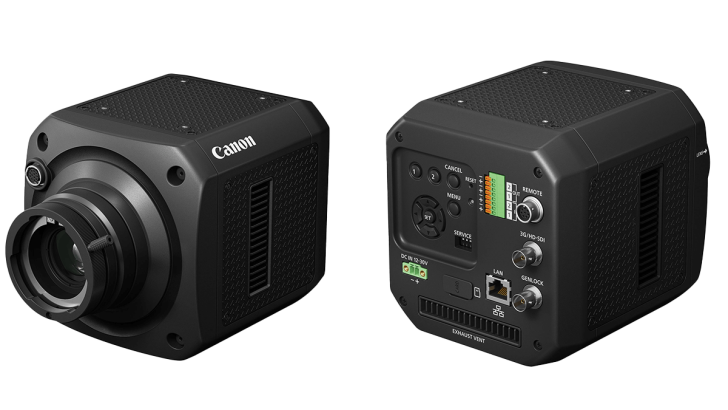
The sensor, from my recollection, has two charge buckets per pixel, and can switch the entire sensor instantly and at a high rate from using charge bucket 1 to charge bucket 2.
To get global shutter: have it start accumulating in charge bucket 1. Switch to 2 and that's the "global" (synchronous) start of exposure in bucket 2. At the end of the shot, switch it globally back to 1, and read out 2, which is your exposure that started and stopped simultaneously: so plane propellers don't look like boomerangs, etc. The minus is that you lose half the dynamic range potential of the shot as you're not using bucket 1 at all, except for some pixels, the first and last couple of microseconds of exposure.
To get ND of say 10 stops: you want 1/1024 of the exposure. Expose into bucket 1 for 1023 microseconds, then bucket 2 for 1 microsecond, then back to 1, and so on. Bucket 2 gets exposed every millisecond or so that way, so for a 1 second shot during daytime when you want to capture movement of cars or something, it will get about 1000 exposures which should make the movement appear continuous. (A one-pixel object moving 1000 pixels would truly look continuous even when pixel-peeping. An object moving all the way across a 45MP screen, 8000 pixels, would look pretty continuous if it was 8 pixels wide, and so on.) The patent doesn't spell out the maximum switching speed but if 1 microsecond is possible, then this kind of continuous shot would mostly work, though there'd be certain very fast-moving objects that wouldn't look quite continuous if you look at full resolution. Still, it'd be a great tool to have. At the end you just throw away exposure 1, which will probably be massively blown out. The minus is also that you'd lose one stop of DR due to throwing away pixel bucket 1.
To get 25 stops of dynamic range (DR, did I say EV earlier? Sorry!) you do basically the same as my ND example, but instead you do an "HDR" combination of bucket 1 and bucket 2. For instance, for a real estate photographer, bucket 1 could capture an indoor room scene while it's blown out for the view out the windows. Bucket 2 would have the view out the windows but the room would be Zone II-III (very dark, almost no detail). Combined, you can see the wood grain in dark wooden furniture inside while details of white clouds outside are also captured. Displaying the resulting image is always a problem, but at least you've captured it. And as you suggested, it's very similar to the ND example except you're also compressing the dynamic range by a factor of two and putting a huge amount of dark shadow detail in there that the photographer may not care about.
To use for a normal exposure: just expose in bucket 1, then switch to bucket 2 halfway through. Read both out and add together. One minus is if something's momentarily bright in the first half (say) of exposure, maybe a glint on a moving car's chrome, it won't totally burn out that pixel as a normal sensor would. You could call this a plus or a minus, depending. I'm sure it'd be bad in some cases.
To use for a high-speed frame rate: expose in bucket 1 only, and have half the work to do to read the sensor data. You lose one stop dynamic range.